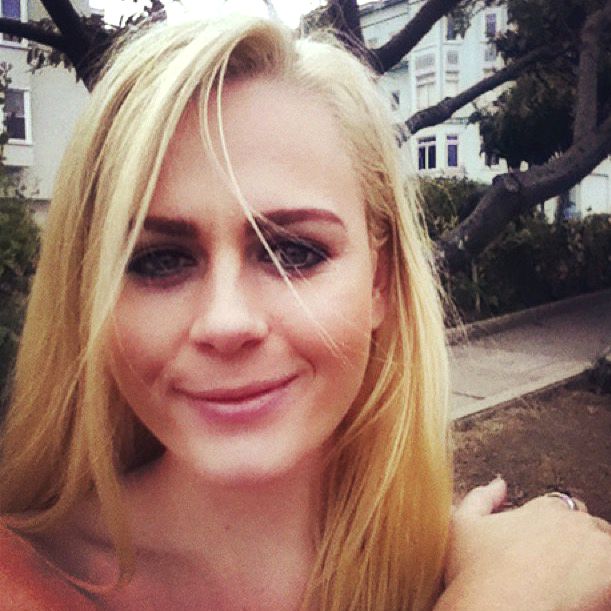IMAGINE you’re in the checkout line at Rite-Aid. You’ve got your prescription pain medication in hand — the one you get specifically for your menstrual cramps, since Aleve just doesn’t cut it. Your eye catches the cover of the current Women’s Health magazine and, thinking you might find an article or two on ways to deal with cramps, you grab a copy and flick through it. You find nothing. Not a single drop of ink spilled on issues like miscarriage, or breast cancer, or infertility, but article after article promising ways to get “Your Best Butt” and “Lose Belly Fat Forever.” You think about it, and realize that you can’t remember the last time an issue of Women’s Health featured a headline or an article about serious health issues that affect women, about an issue that didn’t have to do with fitness. Just years and years of covers featuring smiling Julianne Houghs and Zoe Saldanas next to headlines like “Look Great Naked!” and “End Bikini Stress!”
The “About Us” section on the Women’s Health website reads that its mission is to reach “a new generation of women who don’t like the way most women’s magazines make them feel.” How do most women’s magazines make women feel? In a telephone survey of 1000 women conducted by People magazine about how images of celebrities’ bodies affect perceptions of their own and their levels of self-esteem, “only 10 percent of respondents said they were completely satisfied with their bodies, and 80 percent said images of women on TV and in movies, fashion magazines and advertising make them feel insecure about their looks.” [People] The obvious conclusion to be drawn from the results of this survey is that the number-one factor contributing to women’s insecurities about their bodies is the presence of unattainable and unrealistic images of celebrities everywhere they look. If Women’s Health truly wanted to reach a new generation — not to mention, if they truly wanted to set themselves apart from other women’s magazines — then they wouldn’t have a perfectly-fit Hollywood celebrity on every single cover. In order to stay true to their mission statement, WH should have covers featuring healthy women of all body types and sizes. As it stands, promoting the idea that they are a magazine that is different from the others and aims to show “normal” bodies, but then featuring the exact same women on their covers as their competitors, is hypocritical and undermining of its intentions. Normalizing the kinds of body types that celebrities have (which aren’t “bad” or “unhealthy,” of course — just unrealistic for the average female demographic that reads the magazine) and setting them up as the gold standard makes Women’s Health worse than the other magazines they are supposed to be the answer to.
The last sentence of Women’s Health “About Us” section reads: “Most of all, WH focuses on what you can do, right now, to improve your life.” Why do all women’s magazines consider being fit and looking good on the outside to be the best ways women can improve their lives? The media is highly influential when it comes to what is deemed significant and important in our culture. When TV and magazines promote the idea that being thin, and having the best clothes or make-up, and knowing the healthiest recipes is important, that is what women will think is the most significant aspect of their lives. And if a supposedly-PC magazine like Women’s Health claims they want to improve women’s lives, but the content they peddle strictly revolves around shallow physical improvements, what are women supposed to think? That the only worth they have is in their looks?
No, women’s magazines should be producing content that emphasizes real ways women can improve their lives and real issues that need to be represented and discussed. Perhaps if Women’s Health had more articles describing and explaining real women’s health issues such as miscarriage, or cervical cancer, or female sexuality, there would be less of a stigma about openly discussing them. If magazines like Women’s Health featured diverse body types on their covers, the majority of women who don’t fit into the small percentage of body types represented would feel less ostracized and would suffer from less self-esteem issues. I’m not saying that these magazines should stop publishing articles on how to be fit and look good, but if they supplemented those articles with more nuanced content that delves into women’s health issues that are more than just skin-deep, women would be one step closer to realizing their worth lies in much more than just their looks.












-300x169.jpg)




